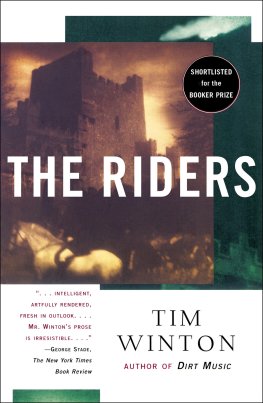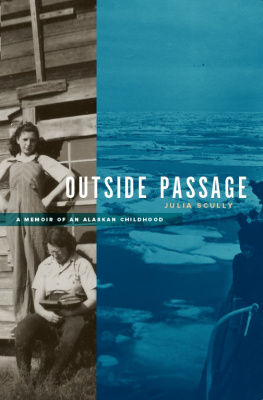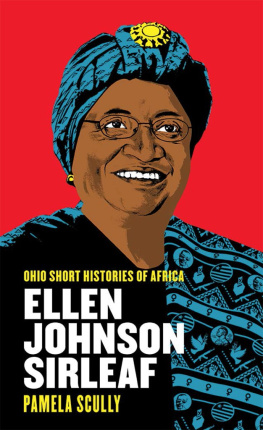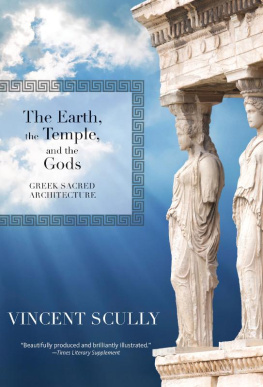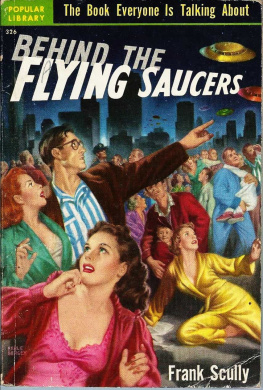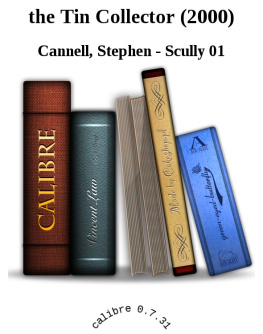Chapter Two.
Table of Contents
Andries EsterhuizenSilverfonteinThe Koeker-BoomGamoepSand-GrouseOur HorsesKanxasNight in the DesertDawnHeatThe MirageBantom BergThe Dune-MonsterThe Flight of the Oxen.
Andries Esterhuizen had lived all his life on the fringe of Bushmanland. His farm, Silverfontein, which lay a little more than twenty miles from the Ookiep Mines, had been for many years the principal jumping-off place for expeditions to the desert. Andries was a Field Cornetan office which empowered him to arrest offenders against the law. He was a typical Boer of the better class. Large-boned and tall, his increased bulk had for several years prevented his doing that which his soud loved above all elseriding down a herd of oryx. His blue, laughing eyes shone from a ruddy face. His brown beard was streaked with grey. His great fist could have felled an ox; the tempest of his laughter was like the neighing of war-steeds.
Andries sent his ox-wagon to fetch my guns and baggage. Next day I followed in a cart drawn by four strong horses, for heavy stretches of sand had to be crossed before reaching Silverfontein.
On arrival there I met with a hearty welcome. The wagon stood, fully packed, before the farm-house door. The heaviest and most important item of the load was three casks of water, for we were about to enter and encamp in the deadly dune-veld where Thirst is a king who has reigned supreme since the world was young. We meant to storm his strong city and occupy it for a seasonwell knowing, however, that we should soon have to retire, leaving his ancient realm unconquered and unspoiled. As we did not mean to be luxurious, our commissariat list only included coffee, sugar, salt and Boer-biscuits (a kind of coarse but exceedingly palatable rusk). Of these Mrs. Esterhuizen had manufactured enough to fill three immense linen sacks. For meat we should have to depend upon our guns.
The country surrounding Silverfontein was wild and rugged. Long, dyked ridges, foam-tipped with snow-white quartzite rocks, stretched away to infinity, north and south; here and there a naked granite finger pointed to the cloudless sky. On the western side these ridges seemed to break like waves against the enormous bronze-hued bastions of the Kamiesbergen; on the eastward they sank by degrees into the ocean-like expanse of the desert.
Huddled in irregular patches where the dykes sprang from the red sand were the koekerboome (quiver-trees,so called because the Bushmen used pithed sections of the boughs as receptacles for their arrows.) These were gigantic aloes of archaic form and immense age. As a rule their height was from fifteen to twenty feet. Their ungainly trunks were cone-shaped, groined and heavily buttressed. The rosette-crowned ends of their dichotomous branches collectively formed a more or less irregular oval. But at one spot, as we crossed the line where the hills ended and the plains began, we noticed some with smooth, slender, white boles rising to a height of nearly sixty feeteach crowned with a single cup-like whorl of leaves.
Gamoep, where the last water was to be found, lay on the actual edge of the level desert some distance to the south-east of Silverfontein. To reach it involved a long days trek, for the route was through soft sand. At Gamoep was a permanent springthe water of which, although fit for animals, was not quite suitable for human consumption. Alongside the pool which the spring feeds we decided to rest for twenty-four hours, for the oxen had a heavy strain to undergo and we felt it necessary to cover as much as possible of the first part of our journey during the cool hours of night.
We slept soundly after our long tramp. Next morning, as the sun began to soar, sand-grouse in flocks of almost incredible numbers came sweeping in from the desert. The wearied birds alighted a few hundred yards from the pool, and there rested for about ten minutes. Then they arose, swooped down to the edge of the pool for a hurried sip, and sped back whence they came. We shot sufficient of these for our immediate needs.
Late in the afternoon, when the sting had gone out of the sunshine, we drove the oxen to the pool and let them drink their fill. We had brought two horsesmy old hunting-horse, Prince, and another Swaitland, renamed Bucephalus, for Hendrick, my after-rider. But the horses had to remain for the present at Gamoep, in charge of Danster, one of our Hottentots. Piet Noona, another Hottentot, and his nephewa lad of about twelve years of age, were also left behind for the purpose of taking charge of the oxen when they returned, maddened with thirst, after being released from the yoke at the camping-place under Bantom Berg and the Great Dune, which was our objective.
Shortly before sundown we inspanned and made a start, shaping our course north-east. Soon we had crossed the last rocky ridgethe boundary separating the hilly country from the plains. The latter were covered with the shock-bearing tussocks of toa,waving plumes at that time bleached to a light-yellow by the ardours of the summer sun. We passed the head of the Kanxas Gorgea miniature canyon whose rocky, perpendicular sides contained caves which had been until a comparatively recent date occupied by Bushmen. The walls of these caves shew records of their former inhabitants in the form of black-pigmented script. This consists mainly of groups of short, parallel lines crossed at various angles by lines similar. But neither here nor in any of the haunts of the now-vanished Bushmen I have visited in the north-western areas of the Cape Province, have I seen paintings of men and animals such as are to be found in other parts of South Africa. A spring had existed at Kanxas within the memory of living Trek-Boers. Of this no vestige then remained. Herein lies an additional item of evidence pointing to the ominous conclusion that South Africa is slowly but surely drying up.
Night fell; the primrose-yellow of the toa faded to ghostly white; not a breath of wind stirred. Excepting the creak, creak, of the straining yokes not a sound was audible. Day faded from the sky and the cupola of stars seemed to descend around us like a curtain. We walked apart and communed with our individual selves. When by night one enters the door of the desert speech seems banal and incongruous.
At about midnight we outspanned. The oxen were, however, kept tied to the yokes; we meant to take but an hours rest. The patient cattle laid themselves down at once; an occasional long-drawn sigh being the only evidence of their existence. Anon the flame of our candle-bush fire ascended into the windless airstraight as a column. Coffee was soon ready and biscuits distributed. After we had eaten and drunk, pipes were lit. Then we threw ourselves prone on the sand and gazed, wrapt, into the glittering folds of the star-curtain.
How unutterably still it was; how ineffably peaceful. The spell of silence still sealed our lips. The world of menwith its fierce and futile struggles, its crowded and ever-changing illusions, seemed but a dream. Could it be that in other regions of that earth, which there seemed so austere, so sinless and so ordered, men were struggling in warren-like cities? For that night, however, the desert was the only reality; there we seemed to have attained Nirvana.





